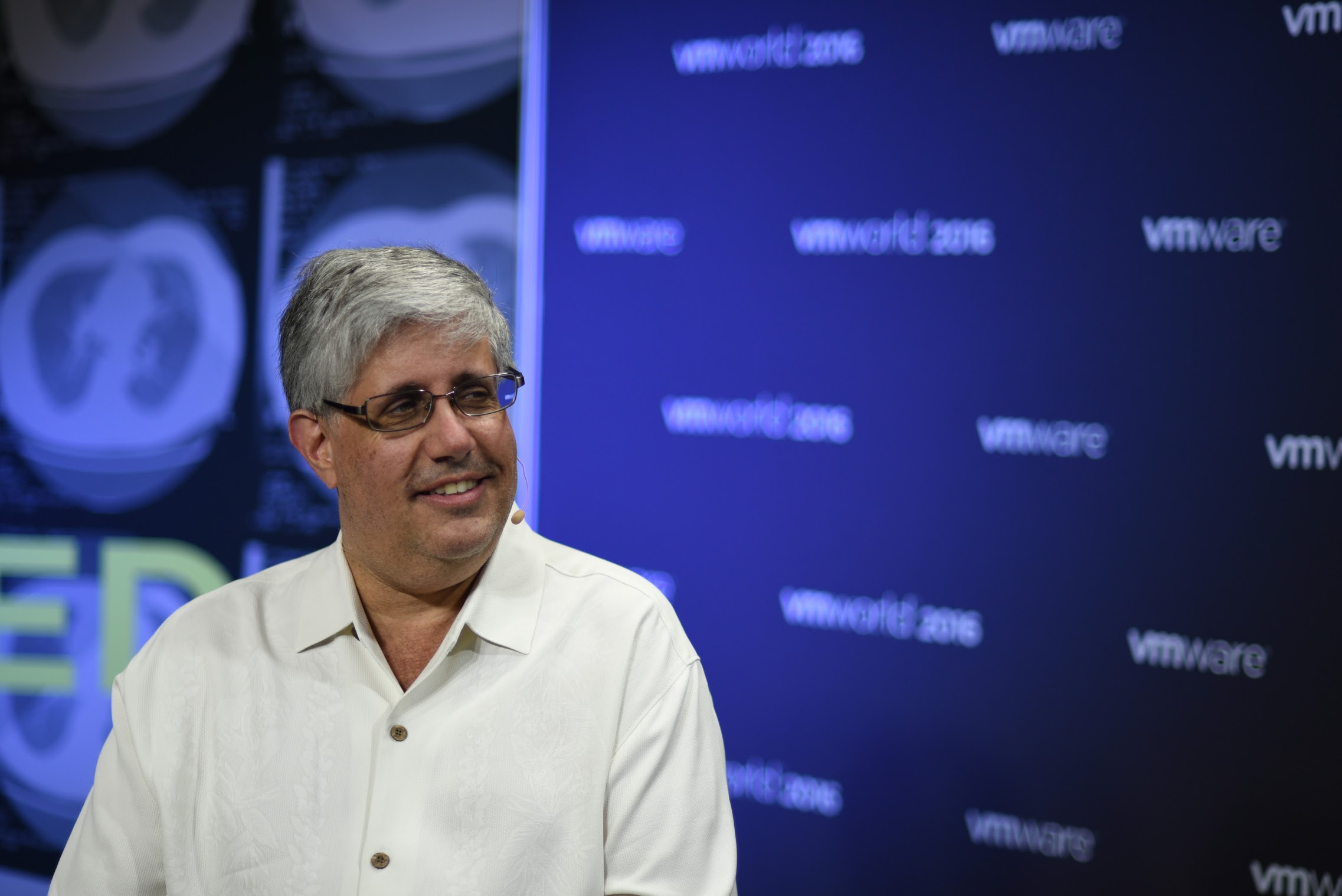 NEWS
NEWS
 NEWS
NEWS
 NEWS
NEWS
Virtualization has relevance in a number of industries, and one of the biggest is healthcare. Slowly more hospitals and healthcare companies are using VMware’s Virtual SAN (VSAN), an enterprise-class shared storage solution for hyper-converged infrastructure optimized for all-flash performance, in the implementation of their infrastructures. But Baystate not only uses VSAN, but recently replaced its entire infrastructure.
Mike Feld, interim CTO at Baystate Health, talked with John Furrier (@furrier) and John Walls (@johnwalls21), cohosts of theCUBE, from the SiliconANGLE Media team, during VMworld conference about the use of VSAN in the health industry.
The most important thing a hospital has to worry about when dealing with technology is up time, according to Feld. It’s important that all machines remain operational and efficient at all times.
Baystate manages thousands of employees and more than a million patients, so it is constantly trying to “chart the direction of technology,” said Feld. By staying ahead of the curve, it can deliver the best and most efficient service to its patients, and VSAN helps them do that.
From a technology perspective,Baystate was most focused on hyper-convergence. The organization wanted to bring every aspect of its digital infrastructure together, so Baystate replaced its old infrastructure with a whole new version “based on VMware’s VSAN products,” said Feld.
Not many hospitals would have been willing to take a risk changing their entire infrastructure, but Baystate has worked with VMware for the past two years, and its CIO was willing to take a risk and thought VSAN had potential, according to Feld.
Once Baystate moved to an infrastructure utilizing VSAN, it saw a 30-to-40-percent decrease in cost of storage “across all measurements,” according to Feld. Not only did its cost drop, but the staff, who previously were worried about a new infrastructure implementation replacing their jobs, quickly learned new skills.
The various arms of the IT team was brought together, and non-IT staff got involved as well. The staff felt more prepared to handle issues that could arise with the changes, and it was also possible to deploy resources to previously unattended areas since the network needed “less real-time attention,” said Feld.
It may have been a tough transition, but it was one that has yielded Baystate great results. And, in the end, it was “definitely worth it,” said Feld.
Watch the complete video interview below, and be sure to check out more of SiliconANGLE and theCUBE’s coverage of the VMworld 2016.
Support our open free content by sharing and engaging with our content and community.
Where Technology Leaders Connect, Share Intelligence & Create Opportunities
SiliconANGLE Media is a recognized leader in digital media innovation serving innovative audiences and brands, bringing together cutting-edge technology, influential content, strategic insights and real-time audience engagement. As the parent company of SiliconANGLE, theCUBE Network, theCUBE Research, CUBE365, theCUBE AI and theCUBE SuperStudios — such as those established in Silicon Valley and the New York Stock Exchange (NYSE) — SiliconANGLE Media operates at the intersection of media, technology, and AI. .
Founded by tech visionaries John Furrier and Dave Vellante, SiliconANGLE Media has built a powerful ecosystem of industry-leading digital media brands, with a reach of 15+ million elite tech professionals. The company’s new, proprietary theCUBE AI Video cloud is breaking ground in audience interaction, leveraging theCUBEai.com neural network to help technology companies make data-driven decisions and stay at the forefront of industry conversations.